Feeds
All Feeds Content
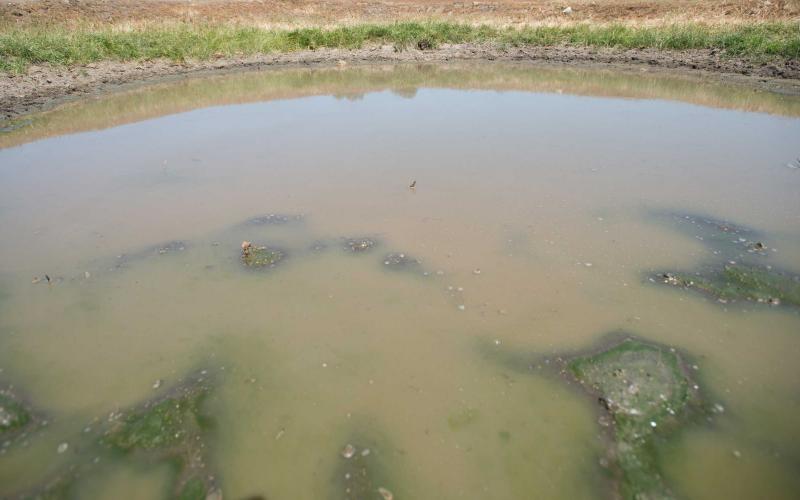
How Important Is Water Quality to Livestock?
Water is the most important nutrient to all livestock animals and is sometimes overlooked. Poor quality water can have a negative effect on growth, reproduction, and general productivity of the animal.
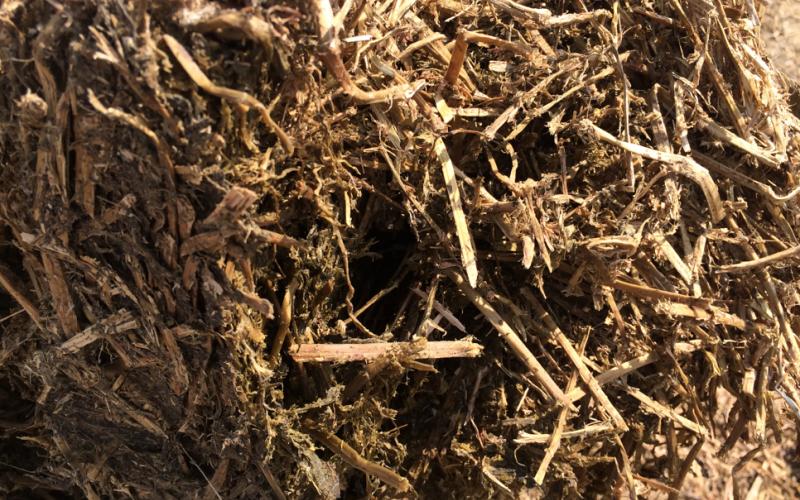
Minimizing Hay Storage Loss From Heating or Fires
Successful hay storage is essential to preserving high quality forage, while ensuring desired performance from livestock and deterring economic losses from unwanted hay storage fires.
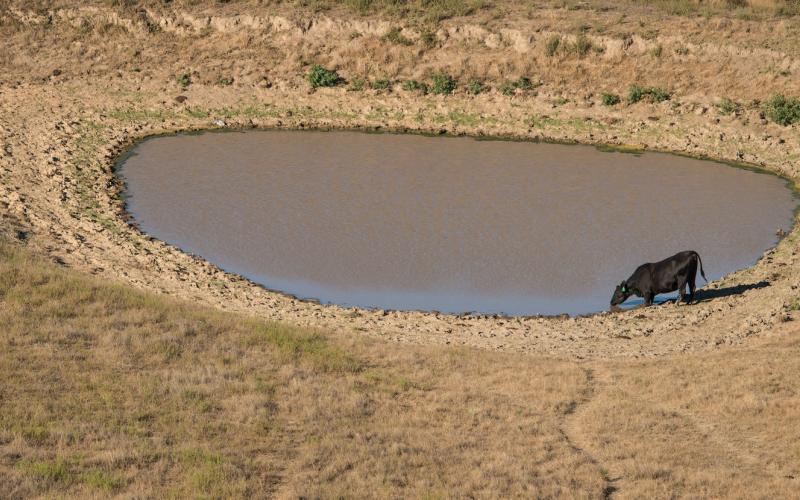
Feed & Water Testing Laboratories
A partial listing of available feed testing laboratories.
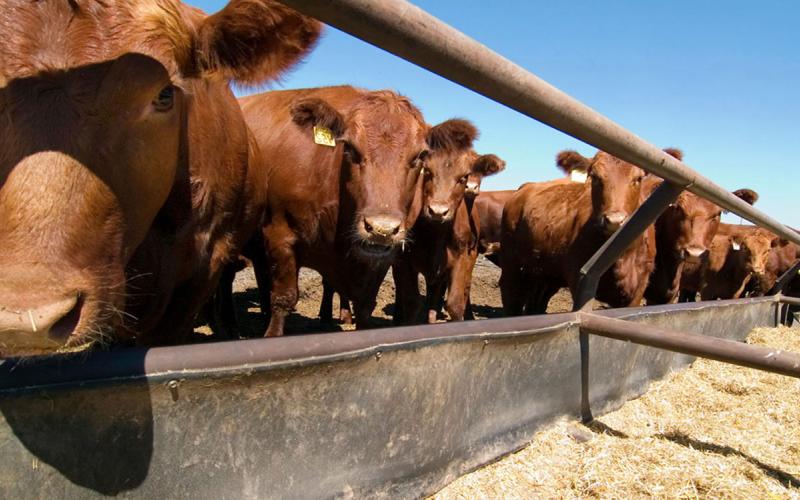
SDSU, UMN Extension to Host Interstate Cattle Feeders Day
October 26, 2021
Cattle feeders from South Dakota, Minnesota and northwest Iowa are invited to attend an Interstate Cattle Feeders Day Dec. 7 at the Holiday Inn Express Event Center in Brandon, South Dakota.
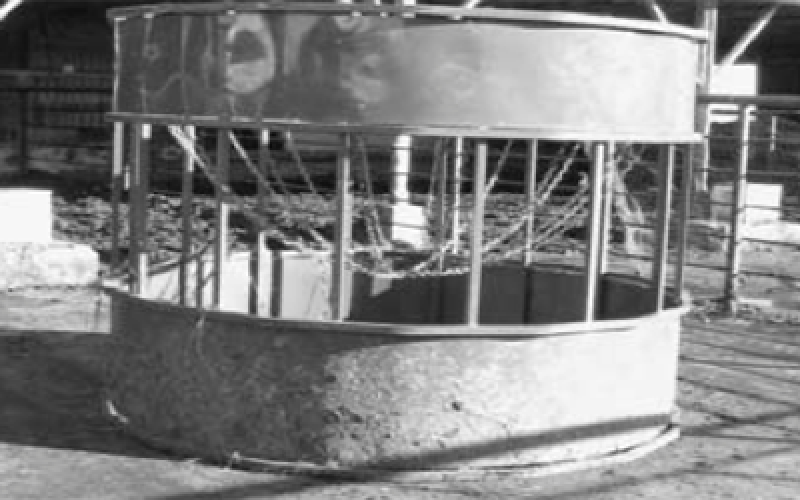
Hay: Stop the Waste
In an effort to prevent increasing the winter feed bill, a new bale feeder design or feeding plan may need to be developed and put into action in order to manage hay waste this winter.
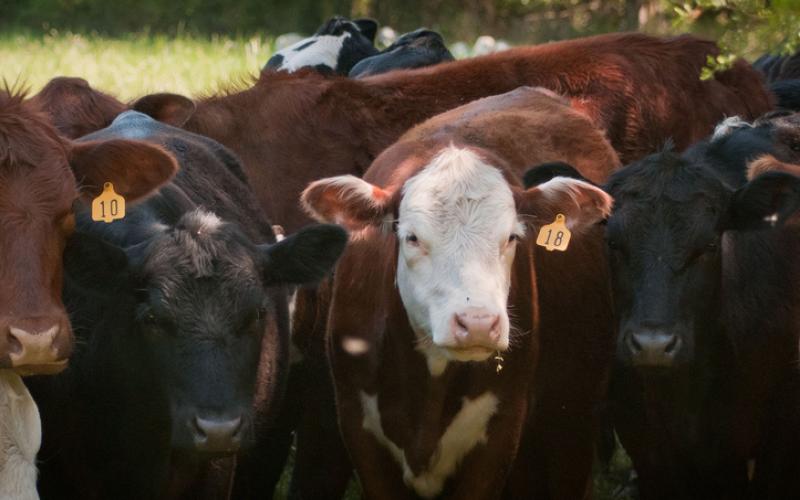
Management Minder Tool: Staying Organized on the Ranch
Daily life is busy on the farm and ranch and it seems as if once calving season is done, there is barely time to rest before fields must be planted or hay made.
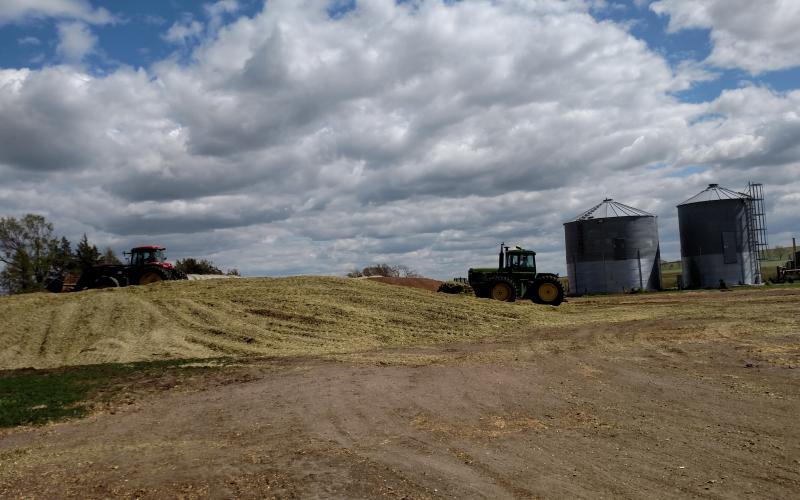
Silage Moisture Testing Tips
Two key points to keep in mind when making high-quality silage are moisture content before harvest and nutrient content before feeding.
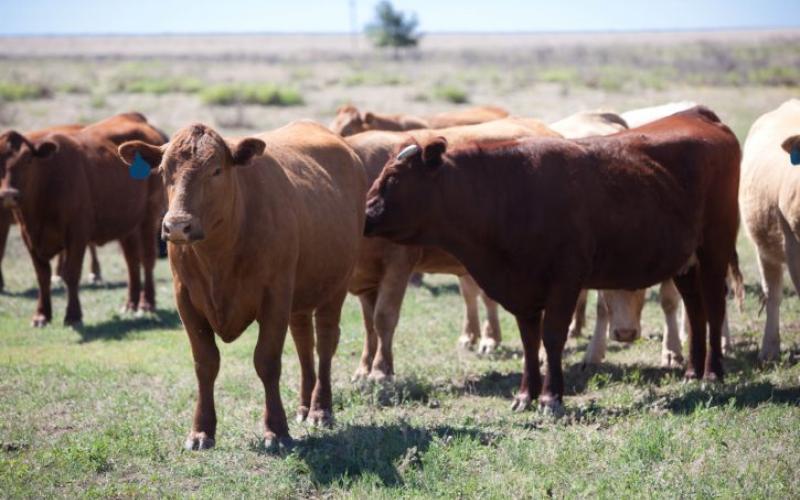
Importance of Pregnancy Detection During a Dry Year
With weaning wrapping up, pregnant cows should be identified and turned back out to pasture or crop residue. By removing open or even late cows from the herd, valuable feed resources are saved if drought conditions continue.
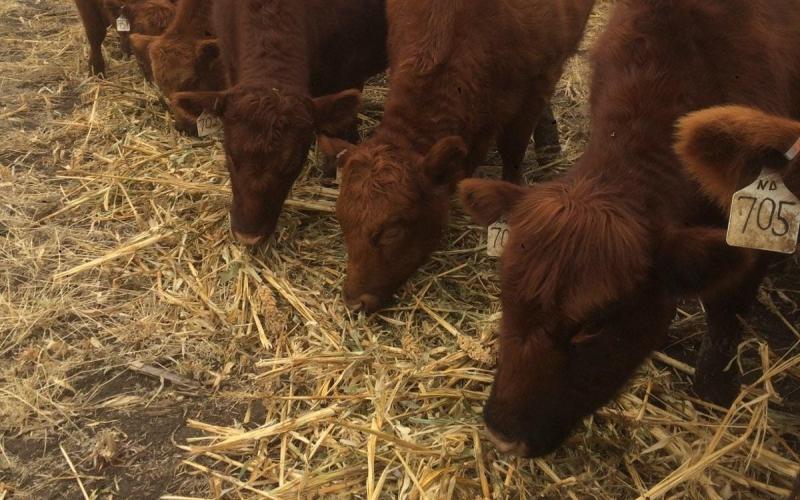
Targeted Feeding for Heifer Development
Heifer development starts with proper whole-herd nutrition year round. Reviewing the basics of heifer development starting with post-weaning selection and development is a good place to start.
How Will You Make Hay This Year?
With plenty of spring moisture, hay season will be here before you know it. Have you considered the type of binding material you will use to put up hay this year?